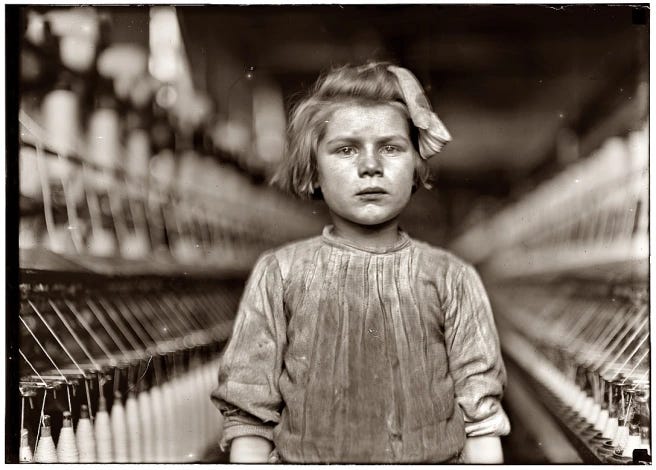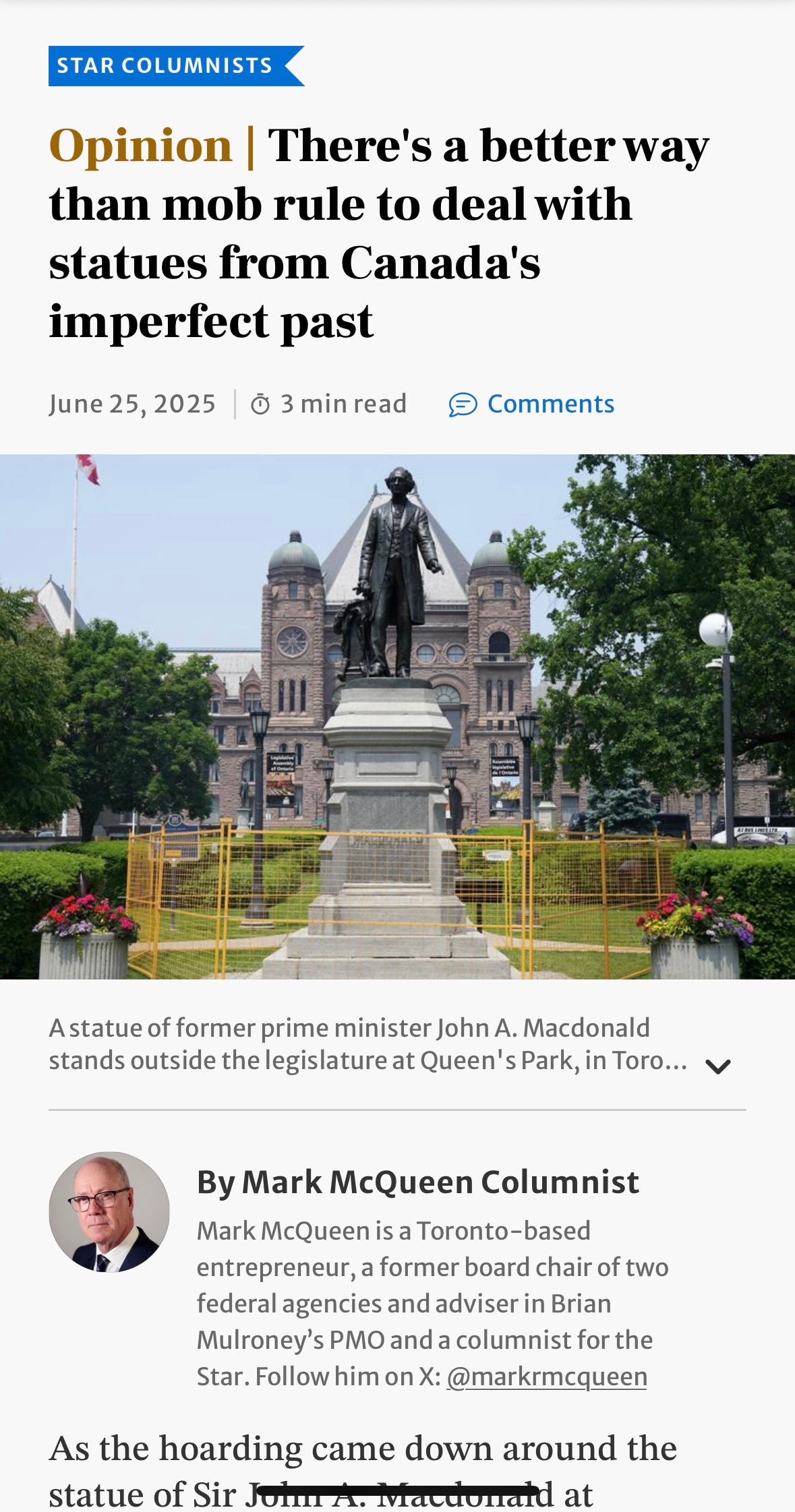There’s a better way than mob rule to deal with statues from Canada’s imperfect past
Cathartic as it can be to tear down statues or rename towns and buildings, we deserve a framework that insulates us from the appearance of mob rule, however thoughtful, passionate and well-meaning.
“Names carry weight,” says Bernie Farber, “they reflect our values, our history, and our identity.” Tell that to Egerton Ryerson, for whom the Ryerson Institute of Technology was named post-WWII.
Imagine writing a report recommending the establishment of free education, including schools for “industrious farmers” with “Christian principles, feelings and habits,” only to watch others turn that vision into Canada’s Residential School system.
Ryerson’s record is either one of murder and suffering, or one infused with the energy of a Methodist Missionary who believed that “Canada West should have a free and mandatory public education system.”
“The branches of knowledge which it is essential that all should understand, should be provided for all, and taught to all. Education should be brought within the reach of the most needy, and forced upon the attention of the most careless….[to prevent] pauperism [poverty], and its natural companions, misery and crime.”
That all sounds quite domineering, and perhaps there were different alternatives than the U.S. South, where woolen mills were only to happy to employ children as young as five for several decades following Ryerson’s 1847 government report.
For Democracy to work, the Board of Ryerson University is allowed to recommend changing the school’s name as it sees fit. As a publicly-funded institution, however, such dramatic moves shouldn’t be done in a vacuum: activists need to articulate why Ryerson is unworthy, yet Sir Wilfrid Laurier, who suppressed a 1907 report about horrific conditions at those same residential schools, continues to “inspire lives” a couple of hours down the road at Wilfrid Laurier University.
It’s either all very random, or comes with a tinge of opportunistic partisanship: “I’ll sacrifice Langevin and Macdonald, provided you ignore our hero Laurier.”
If you want to see how this week’s Star column ends, buy a print copy, use your Apple News, or subscribe to The Star online via my special discount code: www.thestar.com/informed.
As the hoarding came down around the statue of Sir John A. Macdonald at Ontario’s legislative compound earlier this month, the countdown began: How many days until some misguided activist decides to once again deface this tribute to Canada’s most consequential prime minister?
That Macdonald’s statue draws scorn while Queen Victoria’s goes unnoticed nearby speaks to the apparent randomness of efforts to cleanse ourselves of history’s imperfections. It’s curious that opponents of colonialism don’t focus on the sovereign under whose reign the British Empire dramatically expanded, including through the violent settlement of much of North America.
Sir John A. lost his long-held place of honour on the $10 Canadian note, yet there was no similar push in Ottawa to remove Victoria’s beloved great-great granddaughter, also a monarch in the age of empire, from the ubiquitous 20. Yet the names of Egerton Ryerson and Sir Hector-Louis Langevin have been erased from prominent buildings in order to advance Canada’s efforts at reconciliation with Indigenous peoples.
Few would argue with Ryerson’s belief that free education “should be brought within the reach of the most needy,” whatever a child’s heritage. His 21st-century downfall stems from his connection to what became Canada’s residential schools, where Indigenous children were often subjected to physical and sexual abuse. In 2021, the board of directors of what was then Ryerson University voted to change the school’s name to Toronto Metropolitan University.
The move was entirely within the board’s rights, but taxpayers were left guessing what benchmark had been applied.
In the case of Langevin, a Conservative cabinet minister, his “association” with residential schools was cited by then-prime minister Justin Trudeau as sufficient justification to erase him from a major public building in Ottawa. Yet Liberal prime minister Sir Wilfrid Laurier, who suppressed a 1907 report about horrific conditions at residential schools, remains the face of Canada’s $5 bill. And while Laurier’s name graces schools and streets across the country, it’s small-fry Henry Dundas who finds himself receiving Ryerson-like condemnation.
A petition presented to Toronto city council in the wake of the 2020 murder of Minneapolis resident George Floyd demanded that Dundas Street be renamed because Henry Dundas, in the late 18th century, wanted to abolish the British slave trade gradually. According to human-rights advocate Ceta Ramkhalawansingh, a member of the city’s own Recognition Review Community Advisory Committee, “Dundas’s role in the slave trade was overstated; his pragmatism was ignored.”
Undaunted, the TTC board has decided that Dundas Station will soon bear TMU’s name instead. Supporters of Henry Dundas claim that this reflects historical illiteracy, pointing to his record, which includes “convincing Scotland’s highest court to declare that slavery was illegal.”
Make it make sense.
Hit the link to read the rest of the piece.
MRM
(note: this is an Opinion Piece)
(photo credit: Lewis Hine, image created between 1908-24)




Laurier is a LPC icon, Sir John A, and Langivan are Conservatives and that’s the only reasoning required.